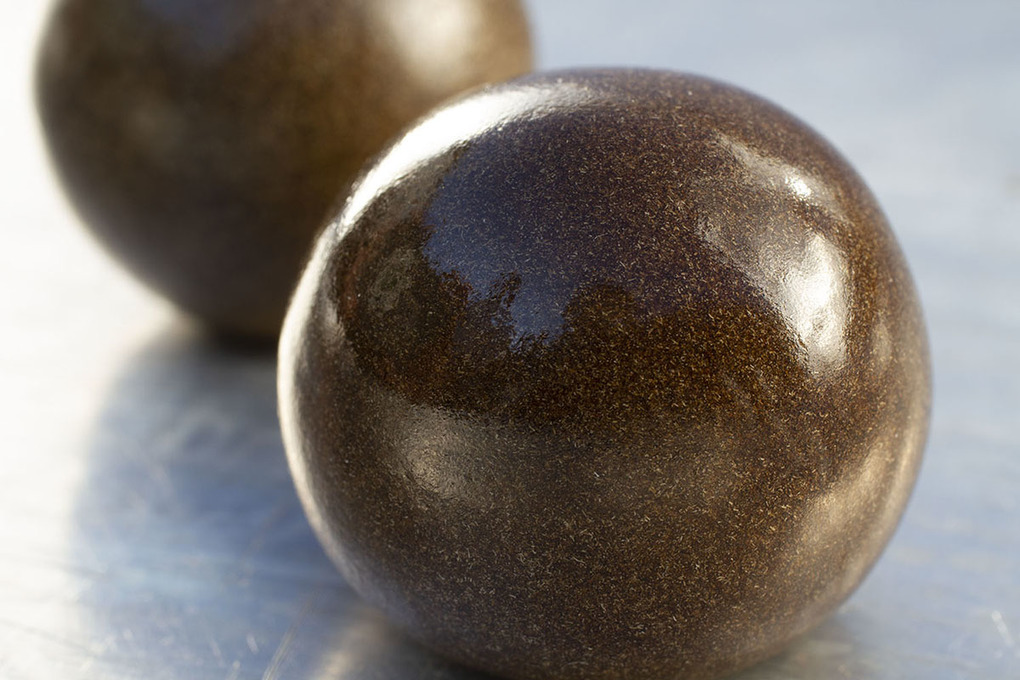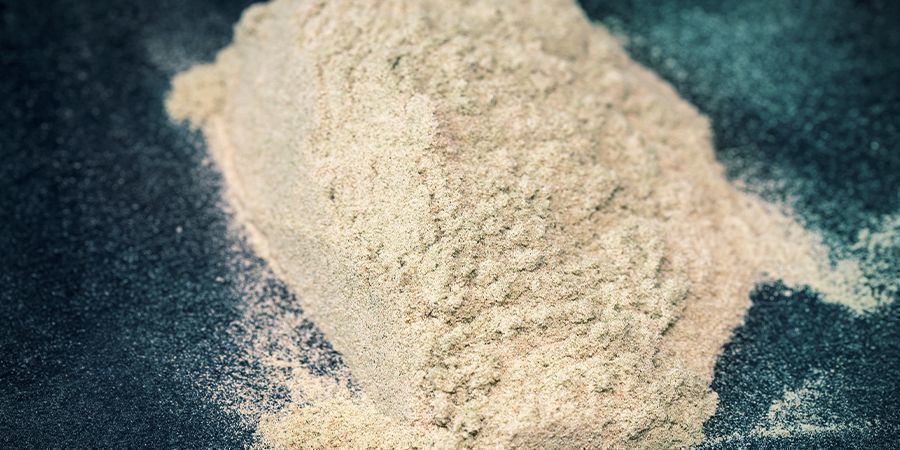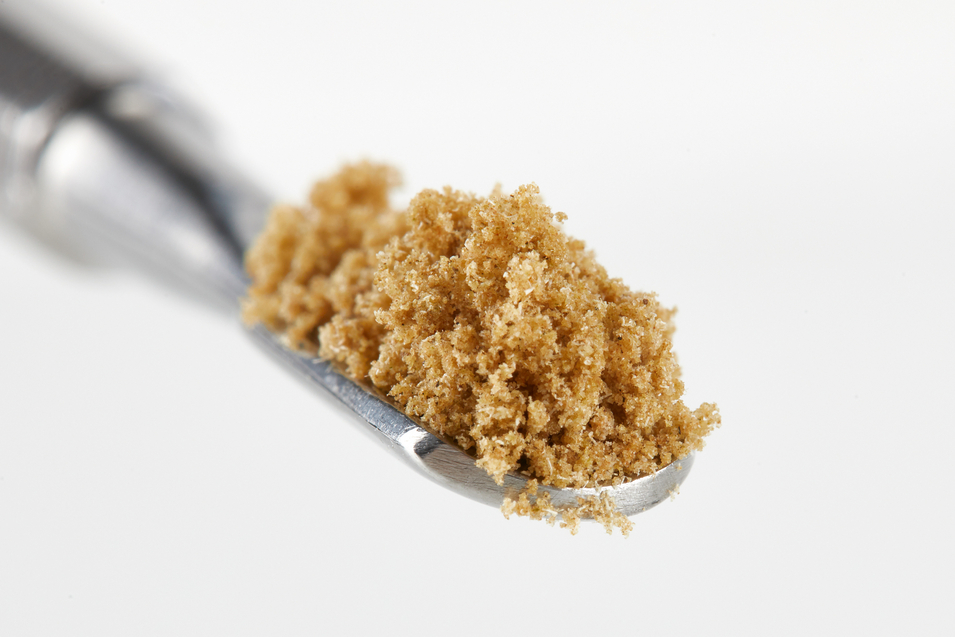

The Highstory of Hash
Hash is cannabis resin made from the abundant resinous trichomes found on cannabis flower. There are a number of methods used to produce hash out of that glittering THC. It is crazy how such a clear and bright molecule can be transformed into a thick, dark, dense THC block chock full of potency.
Some of the earliest forms can date all the way back to 900 A.D. when hash began to spread its way through Arabia. At this time it was eaten rather than smoked. There is earlier evidence of more primitive and exceptionally rudimentary forms of hash mixed with incense and used in incense ceremonies dating all the way back to the 1st century. Between the 10th and 12th century the legends of hashish-eaters grew in Persia. These myths and stories were brought back to Europe by Marco Polo in the 13th century.
In the 18th century, Napoleon’s campaign in Egypt was one of the main routes for hash to find its way to Europe. Because there was no alcohol in Egypt — due to it being an Islamic nation — soldiers began smoking the hash of the area for its stuporous effects. When the soldiers were sent back to France at the end of the campaign, they brought as much hash as they could carry.
Tobacco and Hash found themselves to be potent partners as they made their way across the ocean to the new world in the 16th and 17th century. The two were mixed to both extend and enhance the high. This is still a common practice all over the world today to give cigarettes a bit more of a kick.
Cannabis was widely cultivated in the early years of the U.S.. A few of the founding fathers were recorded as using hemp, flower, and hash recreationally.
The 19th century saw its use become more popular for its medicinal properties to treat a multitude of maladies: pain relief, headaches, appetite and stomach aches, depression, and many more. In the 20th century its use for medical treatment became sidelined as more potent and directed pharmaceuticals started to enter the market. The later widespread prohibition of cannabis did not help further its medicinal applications regardless of its effectiveness for treating a wide array of issues.
In the 20th century most of the hash used in Europe came from Kashmir, Afghanistan, Greece, Syria, Nepal, Turkey, Lebanon, and India. By the 1960s most hash was imported from Afghanistan, Pakistan, and Morocco. Morocco had held the title for the largest producers of hash. Their main export of hash was “soapbar” blocks, 250g of exceptionally low quality hash, running around $5 a gram for consumers. This hash is notorious for being cut with any number of things: Beeswax, turpentine, milk powder, ketamine, boot polish, henna, pine resin, aspirin, animal turds, ground coffee, barbiturates, industrial glues and dyes, solvents, and even human feces. Afghanistan has become a more popular hash producer, turning out a ton of high quality product.
Charas is the OG concentrate. It came about because hands that touched the plant came back sticky and covered in the resinous trichomes that deliver the high. Those sappy hands were rubbed together and what resulted was a compressed piece of concentrated resin, sometimes rolled into a line, sometimes a ball. It could be stored for years and still retain its potency, its smells, and its flavors.
Finger Hash is the most unrefined method of creating hash. It results from rubbing hands on the flowers of cannabis plants. The trichomes stick to the fingers and the hands are rubbed together to roll and remove the residue to create a very concentrated form of resin. It is often rolled into balls, and it can be dropped on top of bowls or smoked alone. These balls are traditionally called Temple Balls and have a long history in Nepal. These balls are strikingly beautiful and can keep their potency for many years, in essence becoming aged cannabis.
Dry Sieve hash is created by pushing the trichomes of dried flower through a fine screen. The dust is called kief, and is compressed with heat to form blocks of hash. The Moroccan and Lebanese method forgoes heat. The Afghanistan method uses moisture and heat, and then is rolled by hand.
There are many colors of hash: black, red, and yellow (blond). These variations are derived from the production methods, and the storing methods and materials used. Black hash is also known as charas hash. Yellow and red hash are both Lebanese forms of hash: Yellow hash comes from plants that just matured and contain high amounts of THC. Red hash comes from older plants, where some of the THC has been converted to CBN (Cannabinol). CBN is THC after it has been aged. It is pretty much impossible to cultivate plants with high CBN contents with anything other than patience. CBN confers highly sedative effects.

Bubble Hash flips the classic method of refinement on its head, using ice-cold water as the agent to remove trichomes from the flower. The ice-cold water freezes the trichomes on the flower. The mixture is then physically agitated to shake the resinous molecules from the plant. This mixture is strained multiple times to completely separate the trichomes from plant matter. Each stage of straining uses finer and finer screens to reduce the amount of plant matter in the final product. The use of fresh, uncured buds produces a product sometimes referred to as ‘live hash.’ This live hash can have a more aromatic and flavorful quality when compared to bubble hash made from dried buds. This is mostly due to a higher presence of terpenes in the final product. Bubble hash is easier to smoke with flower due to its crumbled nature. Hash, and bubble hash in particular, has a wide appeal due to being solventless. This produces a cleaner end product when compared to a lot of the other concentrates that make up the modern U.S. market.
Hash has a wild and varied history. The legal U.S. market is struggling to make room for hash because it is dominated primarily by flavor-blasted pink, clear, and orange concentrates. There is still a lot of room for growth in the hash market, because hash is the time tested potent, rich, and gorgeous cannabis form that history has proven it to be.







